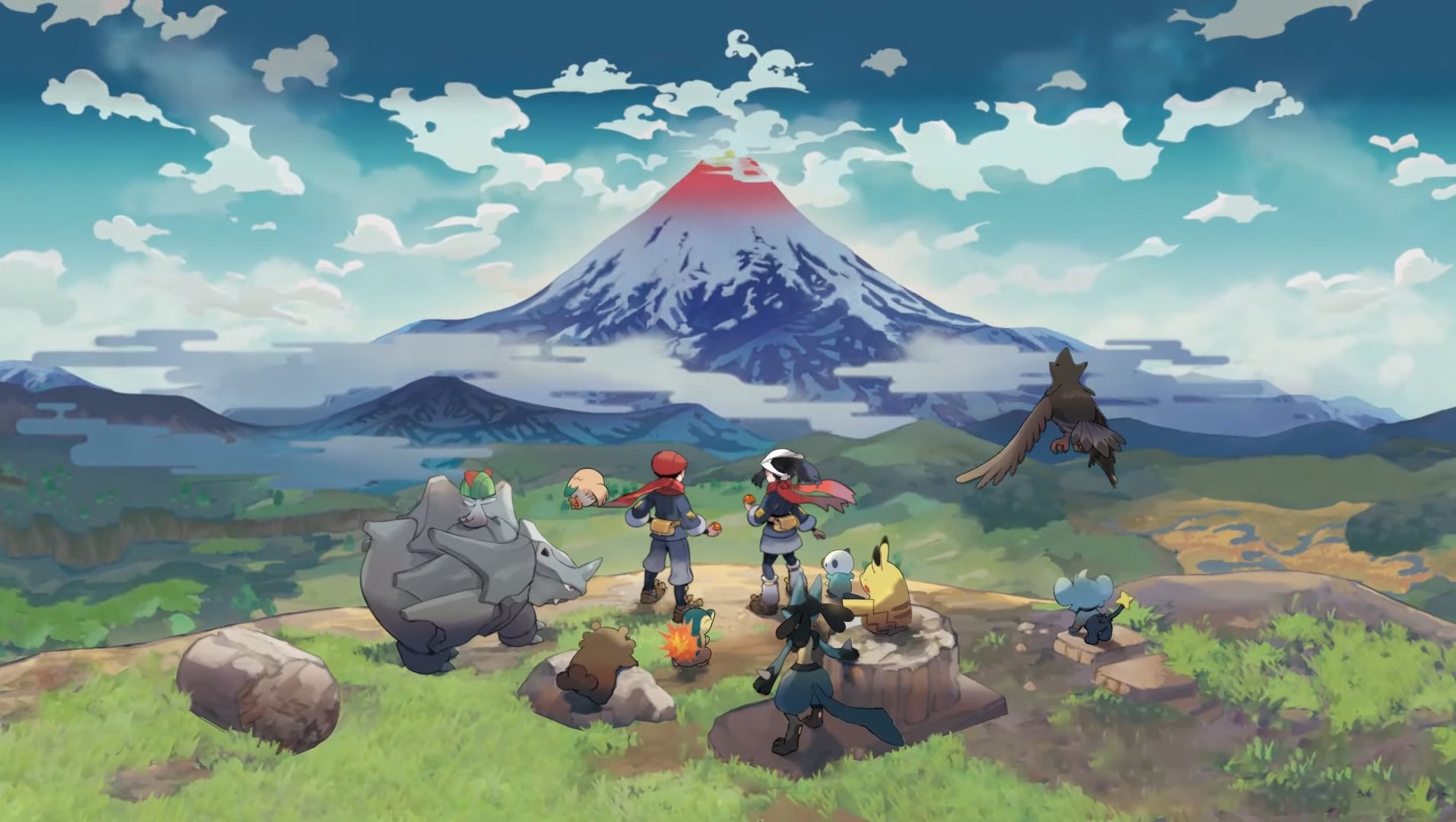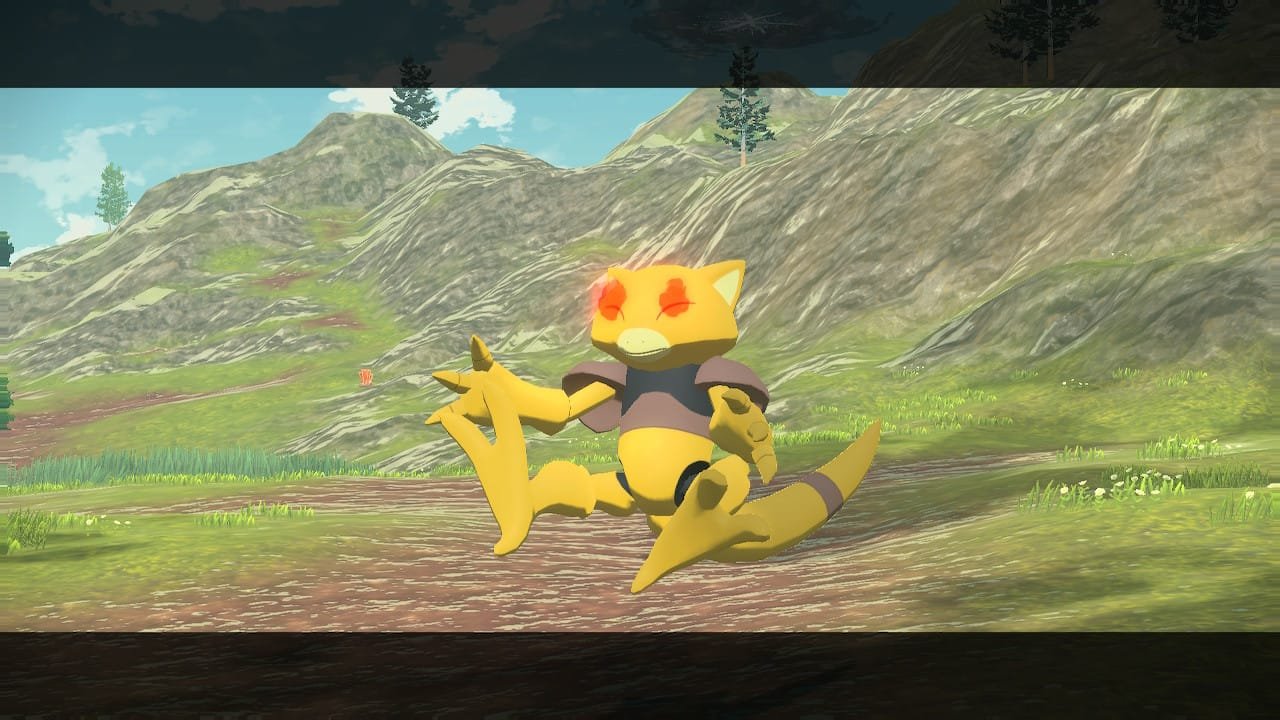Author: Shea Layton
We have seen Pokémon grow as a brand in the past few years, with numerous games released. Also, we have witnessed Pokémon venture outside of gaming and into merchandising, culture, and even daily grooming activities. Right now, Pokémon is one of the biggest gaming franchises that exist.
For years, longtime fans have dreamed of an open-world Pokemon game where Pokémon roam the landscape, and you could control an avatar that could get lost in the natural landscape. The player could go anywhere and capture any Pokémon free of linear gaming.
With how big Pokémon has gotten, Game Freak decided that now is an excellent time to try an open-world Pokemon game. Enter Pokémon Legends: Arceus. While there are some visual and performance issues, they do little to hamper what can only be described as the evolution that Pokémon has needed for decades.
Pokémon Legends: Arceus (Nintendo Switch)
Developer: Game Freak
Publisher: Nintendo and The Pokémon Company
Released: January 28, 2022
MSRP: $59.99
Before we get any further into the review, I will do my best to avoid as many spoilers as possible. If I venture into spoiler territory, I will let you know ahead of time.
So let’s talk about one of the big draws with this game: the open world. In past mainline Pokémon titles, the games have primarily been on rails. There are a set number of routes, and select Pokémon line them. They are often themed or mirroring what is occurring in the story. You have five main zones in Pokémon Legends: Arceus (let’s call it Arceus from here on out). There are Pokémon in those zones in each zone based on the landscape/habitat. However, you can find Pokémon in multiple zones, imitating real life. For example, a raccoon can be found in practically any environment due to its adaptability. Some Pokémon are habitat generalists, allowing them to be found anywhere. On the opposite side, some Pokémon are located in one specific location due to rarity, possibly mirroring endangered species. The habitats are vast, and the kinds of Pokémon are varied enough that each area feels like it stands out. The world is spread out, but it never feels overwhelming. As you get further into the game, you find specific mounts that make traversal easier and quicker. On the first try, Game Freak nailed the feeling of an open-world Pokémon game.
The game's story is fascinating, as it acts as a prequel of sorts. You take control of the main character, who finds themselves displaced in time and space. You arrive in the Hisui Region, which the people of the area are mainly afraid of Pokémon. There is no unity between people and Pokémon. As you begin to meet people, such as a bumbling scientist, an organization that protects the human settlement, and so on, you learn that there is some discordance within the community. Many people are guarded, requiring you to gain their trust. Others, like the scientists, are open-minded, wanting to create a connection between people and Pokémon. The scientist tasks you with developing a prototype, which becomes the first-ever Pokédex. Since the information isn’t available, you must catch many Pokémon and fill in notes (more on that later). As you begin your journey, you learn that there is a deeper problem in the region, and it may be linked to the same distortion that brought you to the area. Overall, while it may not be the most thought-provoking story, I think it is one of the best stories in a Pokémon game. It feels personal because you are tasked with forging relationships with people and Pokémon. I was engrossed from beginning to end.
As previously mentioned, because of story reasons, you are tasked with assembling the first Pokédex. You have multiple challenges to complete for each Pokémon, and as you complete enough of them, you level up the knowledge level. When you reach level ten, you essentially know all you need to know about the Pokémon, which maxes out the Pokédex information. The challenges are varied enough to make catching multiple Pokémon fun and entertaining, regardless of how many times you encounter that Pokémon. It was gratifying to have reasons for engaging multiples of Pokémon. Beyond that, it felt like I contributed to Pokémon research rather than just running errands for someone.
There are new Alpha Pokémon in the game, which are giant versions of the normal-sized Pokémon. They also have unique moves that they wouldn’t typically have, making it possible for you to have more customizability to your party. They have also drastically increased the encounter rate for shiny Pokémon, a rare variant of the normal Pokémon with a different color palette. That may rub some people the wrong way, but I never got to enjoy having a shiny. This game finally allowed me to experience that, which made for a great talking point with friends and peers playing.
The combat feels less strategic than previous games. I didn’t feel as much a need to plan my moves and party ahead of time until the end of the game, when the battles started to feel difficult. What is notable about combat is that you can instantly run away without fail every time, which makes perfect sense in an open-world game. There are some other small quality-of-life changes to the combat that makes it better, such as a turn indicator of who gets to go next and being able to switch Pokémon out and in without the enemy getting a free hit. At the same time, the strategy element of combat took a minor hit, the quality of life changes made up for it.
There are boss encounters where instead of strictly battling them, you have an active event where you must throw items at the large enemy while avoiding its attacks. They are some of the highest points in the game, especially towards the back end, where they get particularly challenging. At the end of the game, the last boss encounter culminates in such a glorious way that it made me wish there were more encounters when I was done.
One of the biggest complaints that many people have had is graphics quality. At times, the game looks pretty rough. When you see the ocean, there are lighting and shadow issues. In general, some lighting issues permeate various areas. Another significant issue is the draw distances. There were times when I was practically standing on Pokémon before the game decided to populate the screen with it. Also, if you see a Pokémon flying too far into the distance, the animation quality is the equivalent of a PS1 game. It questions how a game company as big as Game Freak with a franchise as big as Pokémon wasn’t willing to put more effort into this department. I don’t know what happened behind the scenes, and I wasn’t expecting the graphics to blow me away with it being on an almost 5-year-old console, but it was head-scratching that it rolled out with those issues. It doesn’t deter the fun, but I think it holds the game back from being a top-tier game.
The audio production is solid in the game. There is enough variation in the music, and some of the tracks are instant classics. One of the particular standouts is the settlement music. It puts you at peace and elicits a sense of warmth and familiarity. It was good to see some new tracks carved out their place with classic themes being a mainstay with Pokémon. The Pokémon calls and noises can be heard throughout the world, and they intensify as you get closer. In some ways, it’s endearing. Other times, hearing your Pokémon make the same call for the twenty-third time in a battle lasting two minutes can get aggravating.
The last bit I want to mention is the feel of the game. This is often the most challenging aspect of a game to discuss because it’s almost indescribable. The systems in place work well together, making exploration and capturing Pokémon feel natural. I never had any hang-ups with traveling and slinging Pokéballs at Pokémon. It feels perfect to play this game.
Verdict: Arceus ushered in a new generation of Pokémon gaming. It left some questions, such as how Pokémon games will play in the future, whether elements of it will be adopted into the main series, can we transfer Pokémon from these games into future installments, etc. Those are good questions to have if I’m Game Freak.
Buy it
[This review is based on a retail build of the game purchased by the reviewer]





